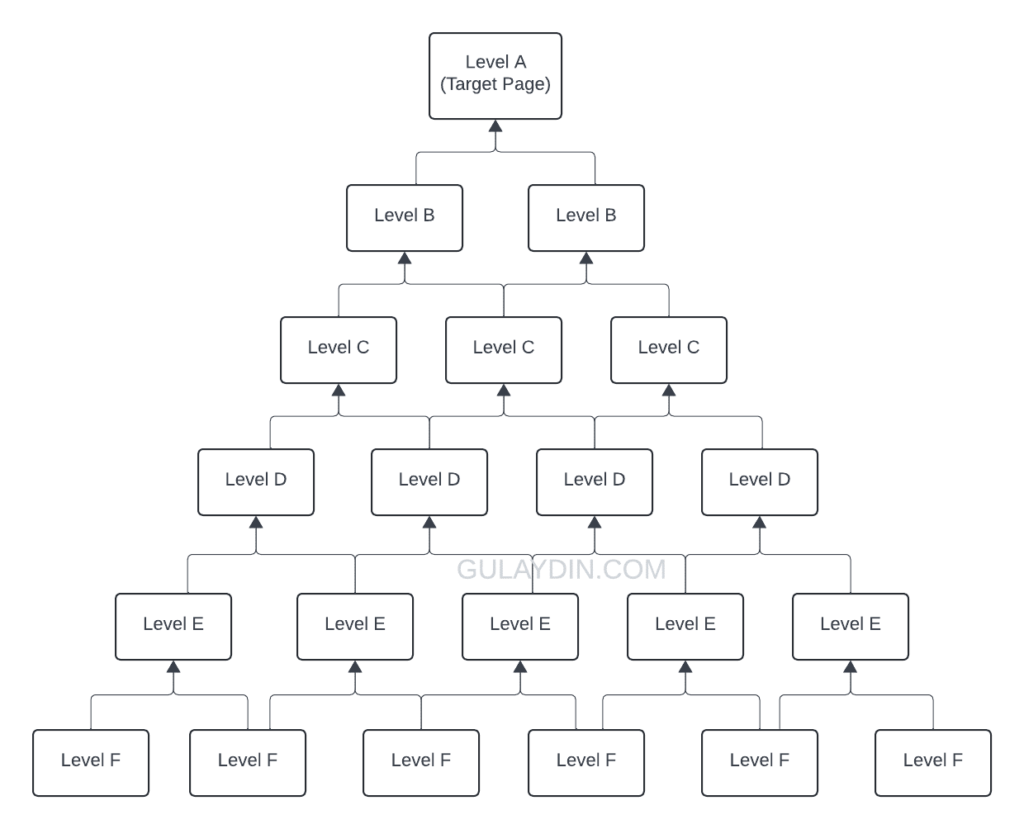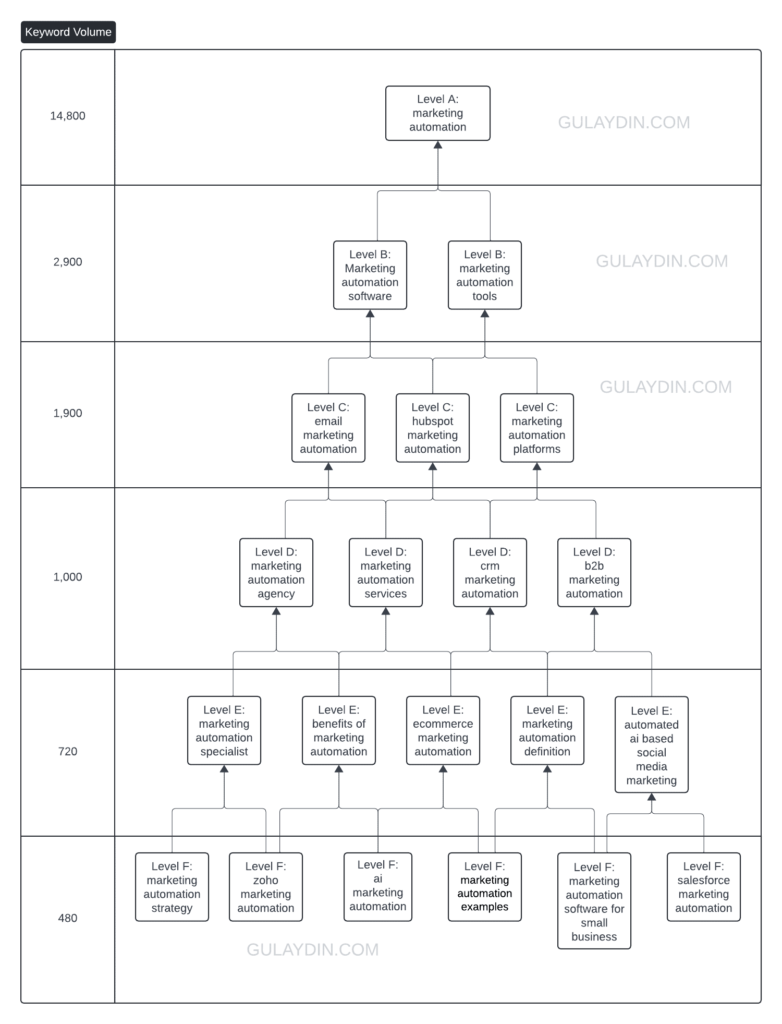Internal links act as a GPS for websites, guiding both search engines and users to multiple destinations. Think of how an ideal GPS should guide you when you need to stop at more than one location. Let’s assign a letter to each stop: A, B, C, D, and E, in respective proximity. If your internal linking takes users from A to E and then to B, then your internal linking structure needs optimization. What determines the name of the destinations, you ask? Let’s get to it.
Understanding Internal Links in SEO
There are four main types of internal links: contextual, navigational, sidebar, and footer links. Each plays a different role but serves one simple goal:
- Crawlability for search engines: Helps search engines determine the crawling logic and priorities, distributing page authority based on priority.
- User experience: Each link offers additional value, helping users stay on your site and learn more with each click.
Contextual Links: These links’ main purpose is to build a logical flow in your content. Let’s say you cover a topic extensively but certain touchpoints require a separate article. This is a perfect opportunity to employ a contextual backlink. Your contextual inner link adds value by acting as a reference to additional information. With enough volume, you can have 50 or more articles processed as parts of one extensive informational source. The key is to ensure that your articles are relevant enough to backlink contextually yet distinct enough to avoid keyword cannibalism.
Navigational Links: These links help users and search engines prioritize your website and learn what you are about. Linking a post or a category from your navigation is basically telling search engines and users “start here.” Re-evaluate your content to determine if your navigation structure provides accurate starting points.
Sidebar Links: Although relevance matters in sidebar links, you don’t have to be as contextual as with contextual links. Use sidebar links to provide “see also” information. Sidebar links should give users options to access topics that may be more relevant or provide more information about the topic they are reading.
Footer Links: Use footer links mostly for utility pages. Footer links serve as the identification of your website. This section should generally be used to communicate your compliance (terms and conditions, disclaimers, privacy policy, etc.) and contact information.
Best Practices for Internal Linking
A lot of SEO can be bad SEO.
Context First: Think of it this way: if your internal links are structured solely for SEO, they won’t actually improve your SEO. Don’t force backlinks just because you want to link from one page to another. I have experienced situations where a page needed to be linked to another for different reasons, but there was no contextually relevant phrase to backlink from, so I understand the challenge. The solution is creativity. If you can’t find contextual relevance, add a few paragraphs to build it. The anchor text you use must be descriptive.
Don’t Overdo It: Most websites have their “favorite” pages, whether it’s a lead generation page or a page that ranks for highly competitive keywords. SEOs are often tempted to over-backlink to these pages to influence crawlers to prioritize them and improve page authority scores. The problem with this logic is that more backlinks to a single destination don’t necessarily mean a higher page authority score. So, how do you prioritize backlinks to serve a single page?
Pyramid Structure:
Creating silos within a hierarchy allows you to have 2 internal links act as hundreds while avoiding over-backlinking. How?

As seen in the structure above, more specific topics with lower search volume are located at the bottom (level F). Each couple of these specific pages is linked to one level broader topic. So, the two level F topics are contextually sub-topics of the level E topic, hence contextually relevant. With this logic, the two sub-topics link to a broader topic. Now think of this in larger silos, each couple linking one level above until the target page. With this structure, your target page, although it receives 2 direct internal backlinks, gets the whole universe of collective keyword phrases within a context.
How to Select the Topics for Each Level
Remember, the size of the silo is proportional to the competitiveness of the keyword your target page aims to rank for. For instance, if you target a keyword phrase with high search volume such as “marketing automation,” you will have enough sub-topics to target specific keywords. Here is the customized version of our initial pyramid:

To comply with this structure, use keyword volume as the basis when choosing your topics. With this logic, you will not only have a volume-based internal linking structure but also a gradually broadened contextual relationship between the levels, making it easier for you to find relevant anchors for backlinks.
Bringing All Pyramids Together
Now that you’ve learned how to set up pyramid-structured article silos for contextual backlinking let’s talk about applying this site-wide. Generally speaking, although some websites target thousands of keywords, all these keywords fall under a parent keyword category. In the example above, the parent category is “marketing automation.” The idea here is to understand that it is very unlikely to rank high for a major keyword with just one related article on the entire website. The goal should be to create a universe around the context of the parent keyword. For example, let’s say this company sells multiple marketing solutions, and marketing automation is just one of them. Another solution they sell is CRM software. While CRM software is another parent category, it is a much bigger parent with a 40k keyword volume. Once you build a pyramid-structured silo for CRM, you can also employ the marketing automation silo by using it as a lower level of the pyramid.
Once you have identified all of your pyramids per parent keyword, you will end up with a big universe of pyramids that are each a piece of one big pyramid.
It’s not easy, but as a person who has successfully dominated the competition in areas such as cybersecurity, home automation, and managed IT systems, I assure you that this is an efficient method.
0 Comments